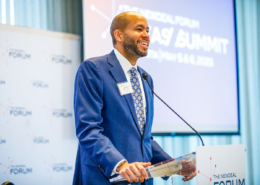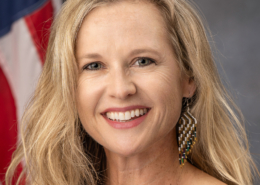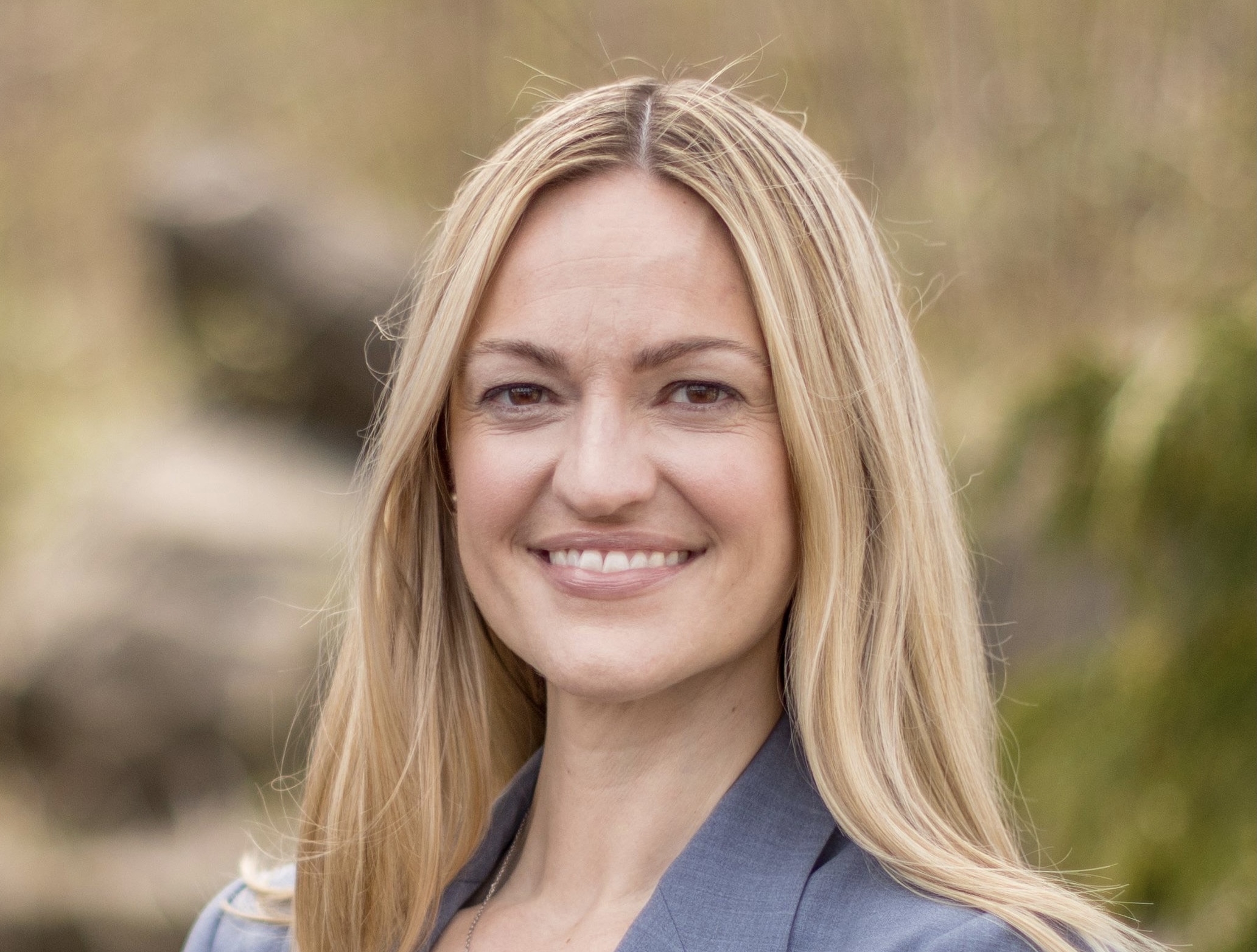Problem
While in the past lack of access to broadband internet may have merely been an inconvenience, it is now a public emergency. Since the onset of the pandemic, Marylanders have had no choice but to rely on access to the internet in order to access critical services, like healthcare, education, public benefits, and work/ business.
In 2017, the Governor sought to address the issue of connectivity through the creation of the Rural Broadband Office by Executive Order. This office has done important work, but there is so much more to be done. The problem in Maryland is greater than a lack of rural access. Our most populous cities experience similar gaps in access, affordability, adoption, and digital literacy. On several metrics, such as broadband upload/download speeds, the situation is worse in our urban areas. (Ex: 41% of Baltimore city residents do not subscribe to the internet and 31% do not own a desktop or laptop).
Solution
The creation of the Office of Statewide Broadband (OSB) to expand on the work of the Office of Rural Broadband. It’s purpose is to address the causes of inequitable access - which range from lack of infrastructure to cost - and ensure that every Marylander can be connected to high-quality, high-speed, affordable, internet by 2026.
This office will also be charged with forming partnerships with local jurisdictions, state agencies, our library system, and the private sector to expand digital literacy and broadband across the state. The OSB will ensure that the state has a coordinated response to RFPs issued by the FCC or Federal Government for resources/ grants. OSB will also develop definitions and standards for broadband internet; addressing fair and equal pricing standards; auditing availability, reliability, and affordability of broadband; and collecting and analyzing pertinent data on geographic, economic, and demographic factors.










